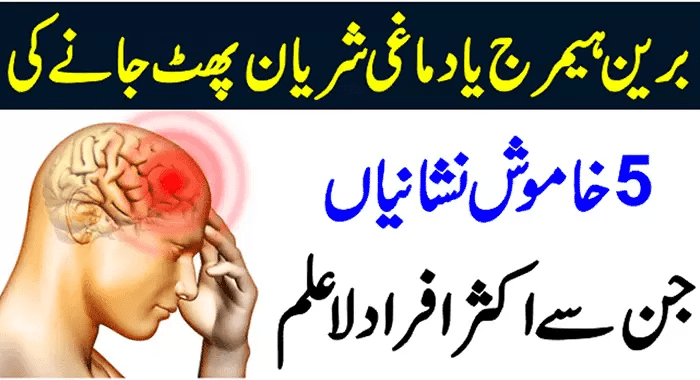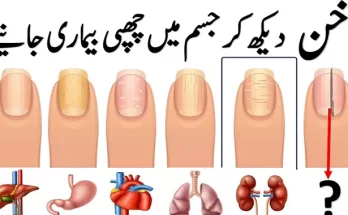
Cancer is a complex and often misunderstood group of diseases that can affect various parts of the body. In this article, we will explore what cancer is, its causes, different types, common symptoms, and available treatment options. By gaining a basic understanding of these aspects, we can empower ourselves and our communities to recognize and address this formidable health challenge.
What is Cancer? Cancer is a condition characterized by the uncontrolled growth and division of abnormal cells within the body. These cells can invade surrounding tissues and may spread to other parts of the body through the bloodstream or lymphatic system. The human body is made up of trillions of cells, each with a specific function and a regulated life cycle. However, cancer disrupts this orderly process, leading to the formation of masses or tumors.
Cancer Treatment: Islamabad-Based Professor Story

More than 40% of cancer-related deaths could be prevented. Many types of cancer are linked to modifiable risk factors such as smoking, alcohol consumption, unhealthy diet, physical inactivity, and exposure to certain chemicals. By making healthy lifestyle choices and avoiding these risk factors, many cases of cancer can be prevented.

Advances in cancer research are providing new hope for patients. Scientists are constantly learning more about cancer and developing new treatments that are more effective and less harmful. This gives us hope that one day cancer will be a disease that can be cured, not just managed.





Causes of Cancer:
Several factors contribute to the development of cancer, and these can vary from genetic to environmental influences. The primary causes include:
Genetic Factors: Some individuals may inherit genetic mutations that increase their susceptibility to certain types of cancer. It is essential to be aware of family medical history and undergo genetic testing when appropriate.
Environmental Factors: Exposure to carcinogens, such as tobacco smoke, pollutants, and certain chemicals, can elevate the risk of developing cancer. Adopting a healthy lifestyle and minimizing exposure to harmful substances can help reduce this risk.
Lifestyle Choices: Unhealthy habits like smoking, excessive alcohol consumption, poor diet, and lack of physical activity contribute significantly to cancer risk. Making positive lifestyle changes is crucial in cancer prevention.
Types of Cancer:
Cancer can manifest in various forms, affecting different organs and tissues. Some common types include:
Breast Cancer: Primarily affecting women, breast cancer can also occur in men. Regular screenings and self-examinations are crucial for early detection.
Lung Cancer: Often linked to tobacco smoke, lung cancer is a leading cause of cancer-related deaths worldwide. Quitting smoking and avoiding secondhand smoke are essential preventive measures.
Colorectal Cancer: Affecting the colon or rectum, colorectal cancer highlights the importance of regular screenings, as early detection significantly improves treatment outcomes.
Symptoms of Cancer:
Recognizing the symptoms of cancer is vital for early intervention. While symptoms can vary based on the type and stage of cancer, common indicators include:
Unexplained Weight Loss: Sudden and unintentional weight loss can be a sign of various cancers, indicating a need for medical evaluation.
Persistent Fatigue: Cancer-related fatigue is often overwhelming and does not improve with rest. It may be an early sign of cancer or a side effect of treatment.
Changes in Skin or Moles: Unusual changes in the size, shape, or color of moles or skin can indicate skin cancer. Regular skin checks are essential for early detection.
Treatment Options:
Advancements in medical science have led to a range of treatment options for cancer, and the choice of treatment depends on factors such as the type and stage of cancer, overall health, and patient preferences. Common treatment modalities include:
Surgery: Surgical removal of tumors or affected organs is a common approach, particularly in the early stages of cancer.
Chemotherapy: Chemotherapy uses drugs to kill or slow the growth of cancer cells. It can be administered orally or intravenously, targeting cancer cells throughout the body.
Radiation Therapy: This treatment uses high-dose radiation to target and destroy cancer cells. It is often employed alongside surgery or chemotherapy.
Immunotherapy: Immunotherapy harnesses the body’s immune system to fight cancer cells. It has shown promising results in treating various cancers.
Conclusion:
In conclusion, understanding cancer is crucial for early detection, prevention, and effective treatment. By recognizing the causes, types, symptoms, and available treatment options, individuals can make informed decisions about their health and well-being. Regular screenings, adopting a healthy lifestyle, and staying informed about cancer-related developments are essential steps in the ongoing fight against this challenging disease. Together, as a community, we can work towards a future where cancer is not only better understood but also more effectively managed






